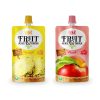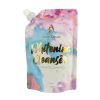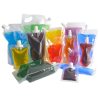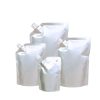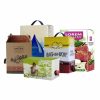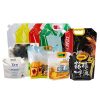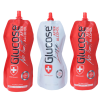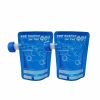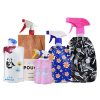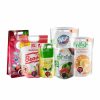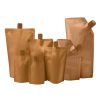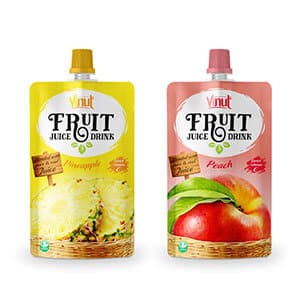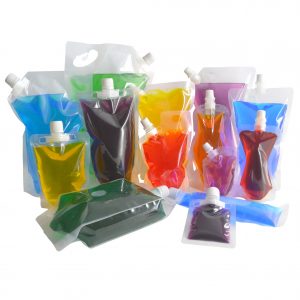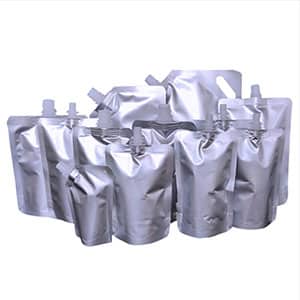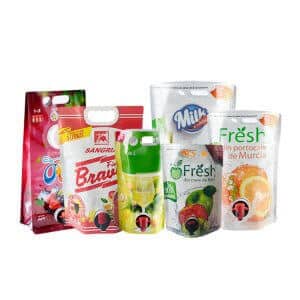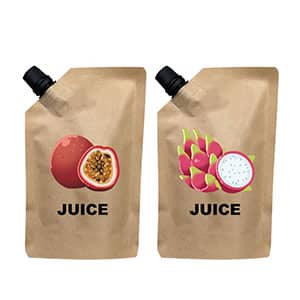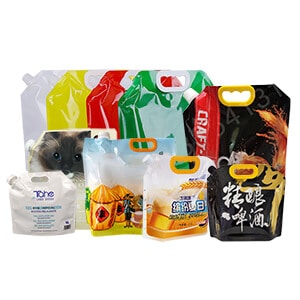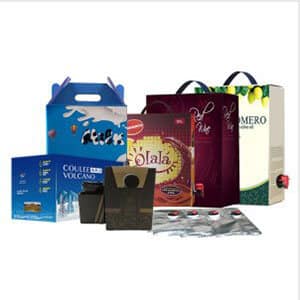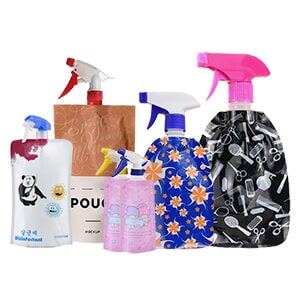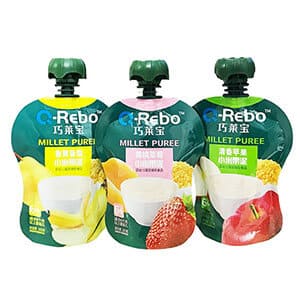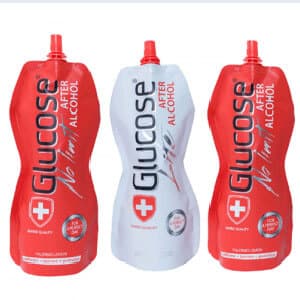Bag-in-box packaging has become increasingly popular in recent years, thanks to its cost-effectiveness, convenience, and space efficiency. Whether you are a beverage manufacturer, a food producer, or any other type of business that requires liquid packaging, understanding the best practices for bag-in-box filling and dispensing is crucial. Here are some tips for ensuring efficient, safe, and high-quality bag-in-box filling and dispensing.
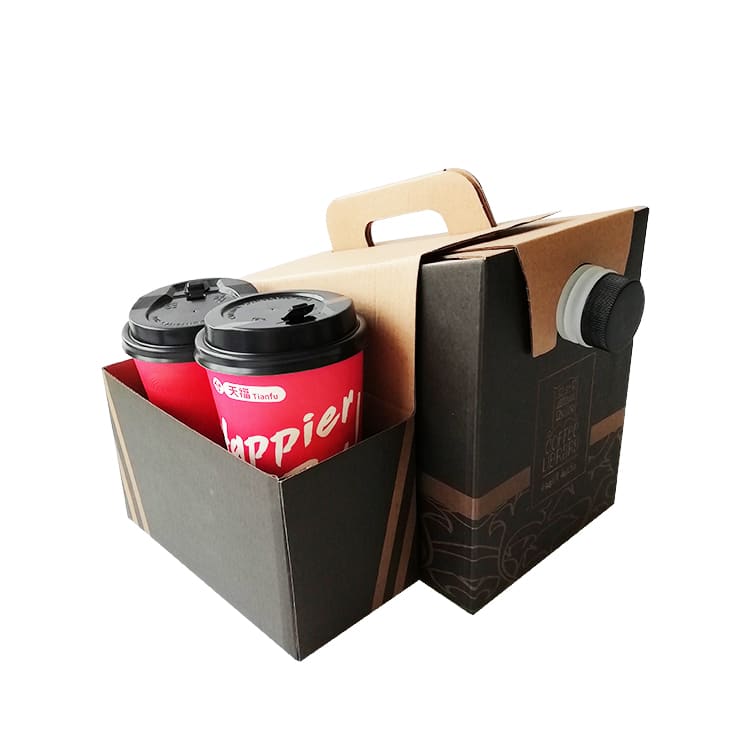
-
Choose the Right Filling Equipment
Choosing the right filling equipment is crucial for ensuring the accuracy and consistency of the fill volume. Look for equipment that is compatible with your bag-in-box packaging and that can handle a variety of liquid viscosities. Make sure the equipment is calibrated correctly and regularly maintained to ensure accurate fills and prevent leaks.
-
Prepare the Bags and Boxes Properly
Proper preparation of the bags and boxes is essential for ensuring the filling process goes smoothly. Make sure the bags are properly sealed, and the boxes are securely closed to prevent any leaks or spills. Ensure that the bags and boxes are clean and free of debris or contaminants that can affect the quality of the product.
-
Monitor the Fill Process
Monitoring the fill process is essential for ensuring the quality and accuracy of the fill volume. Make sure to monitor the flow rate, the fill volume, and the pressure to ensure that the bags are filled to the correct volume and that there are no leaks or spills. Regularly calibrate the equipment and conduct routine checks to ensure that the fill process is consistent and accurate.
-
Store the Filled Bags Properly
Once the bags are filled, it’s crucial to store them properly to maintain the quality of the product. Store the bags in a cool, dry place, away from direct sunlight or heat sources. Make sure to label the bags with the product name, the fill date, and any other relevant information.
-
Choose the Right Dispensing Equipment
Choosing the right dispensing equipment is crucial for ensuring that the product is dispensed accurately, safely, and efficiently. Look for equipment that is compatible with your bag-in-box packaging and that can handle a variety of liquid viscosities. Ensure that the dispensing equipment is calibrated correctly and regularly maintained to prevent leaks or spills.
-
Train Your Staff
Training your staff on the best practices for bag-in-box filling and dispensing is essential for ensuring that the process goes smoothly and safely. Make sure your staff is trained on the proper use of equipment, the importance of accurate fills, and the importance of maintaining a clean and safe work environment.
-
Dispose of the Used Bags and Boxes Properly
Proper disposal of the used bags and boxes is essential for minimizing waste and protecting the environment. Make sure to dispose of the used bags and boxes according to your local regulations and guidelines. Look for recycling or composting options to reduce the environmental impact of your waste.
In conclusion, choosing the best practices for bag-in-box filling and dispensing is essential for ensuring efficient, safe, and high-quality packaging. By following these tips, you can ensure that your bag-in-box filling and dispensing processes go smoothly, that your product is dispensed accurately and safely, and that you minimize waste and protect the environment.

